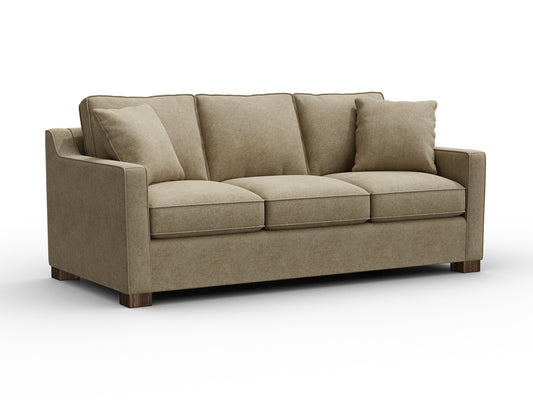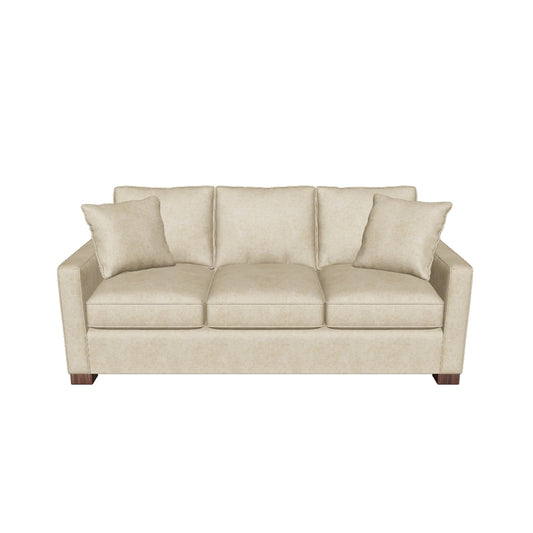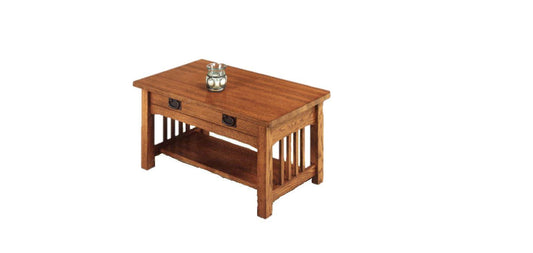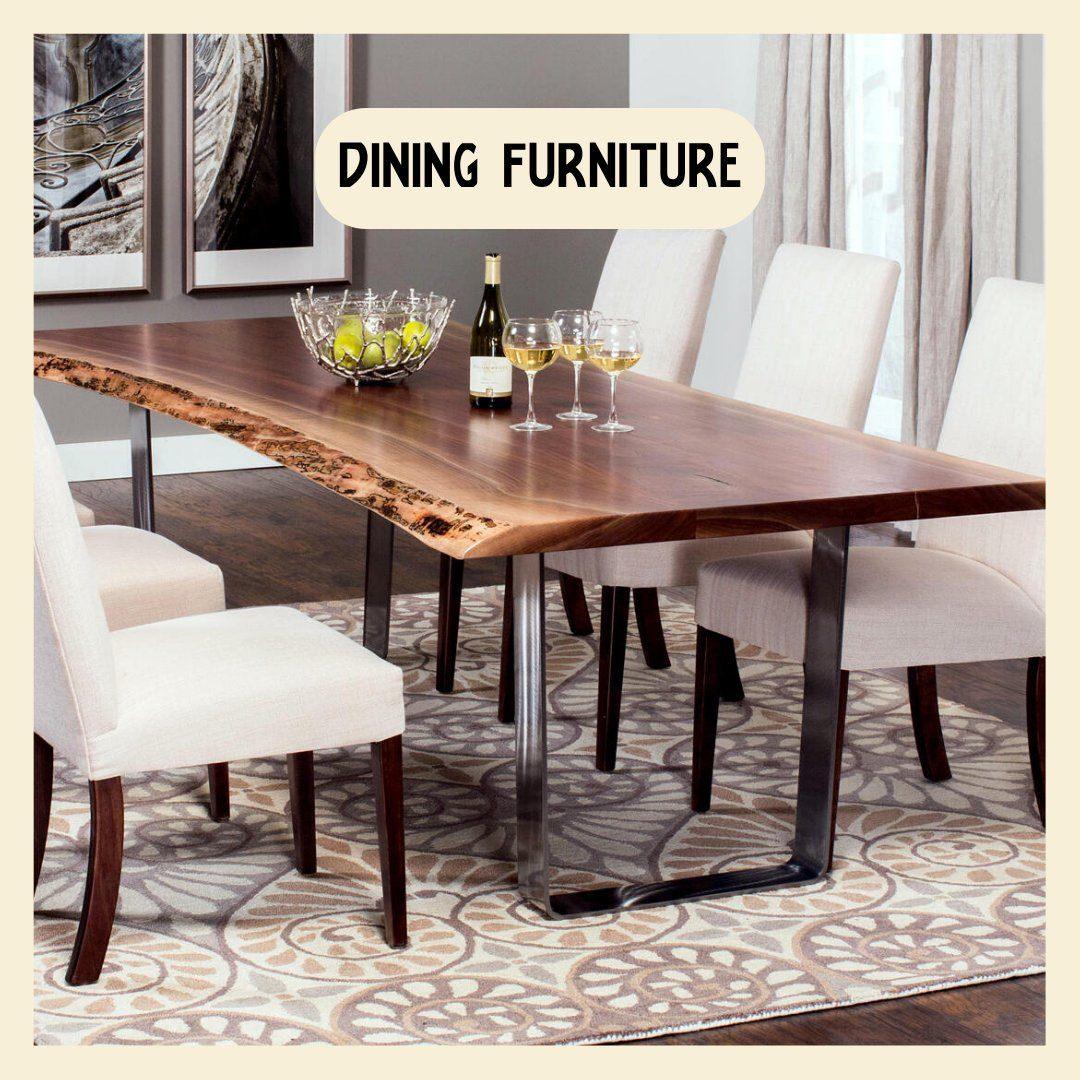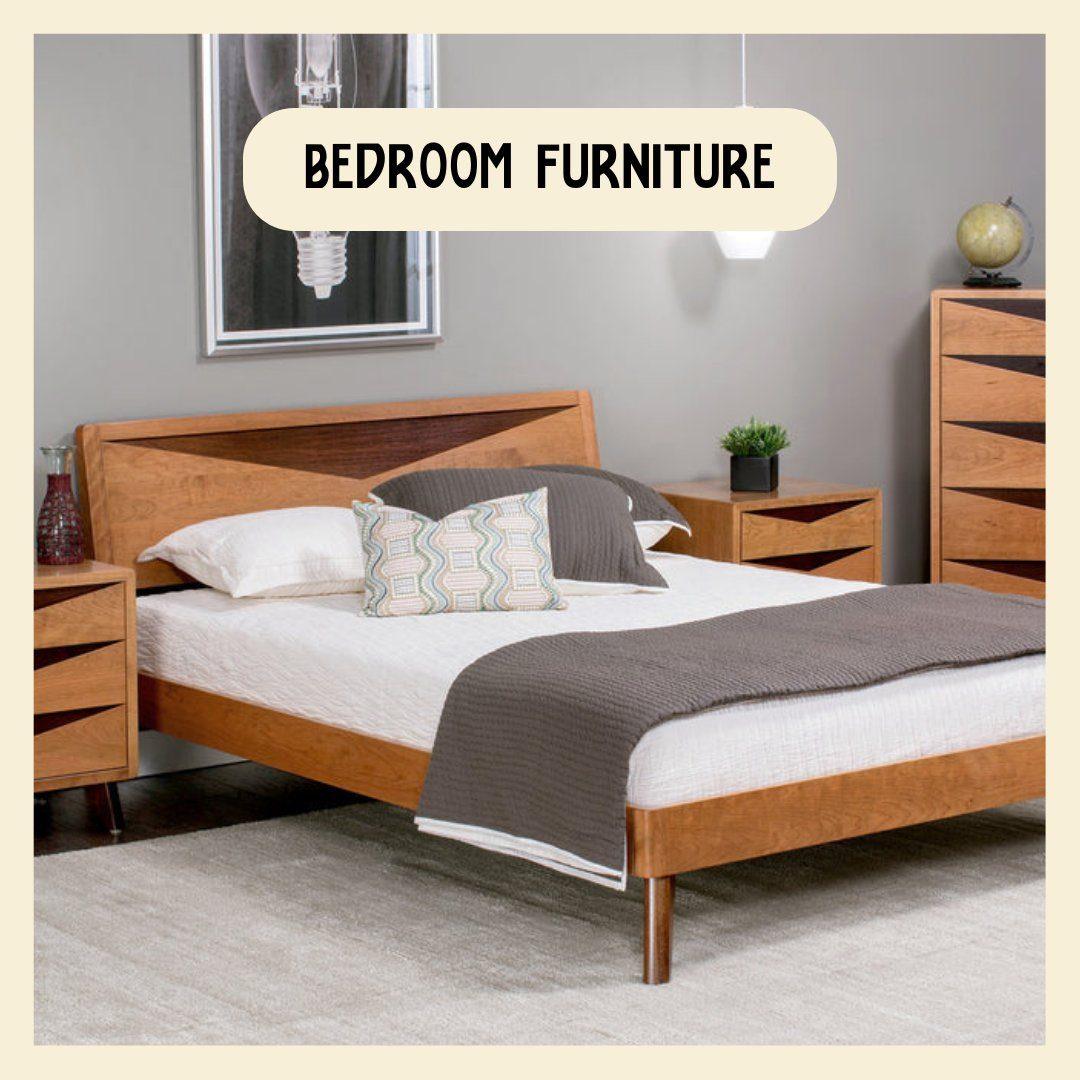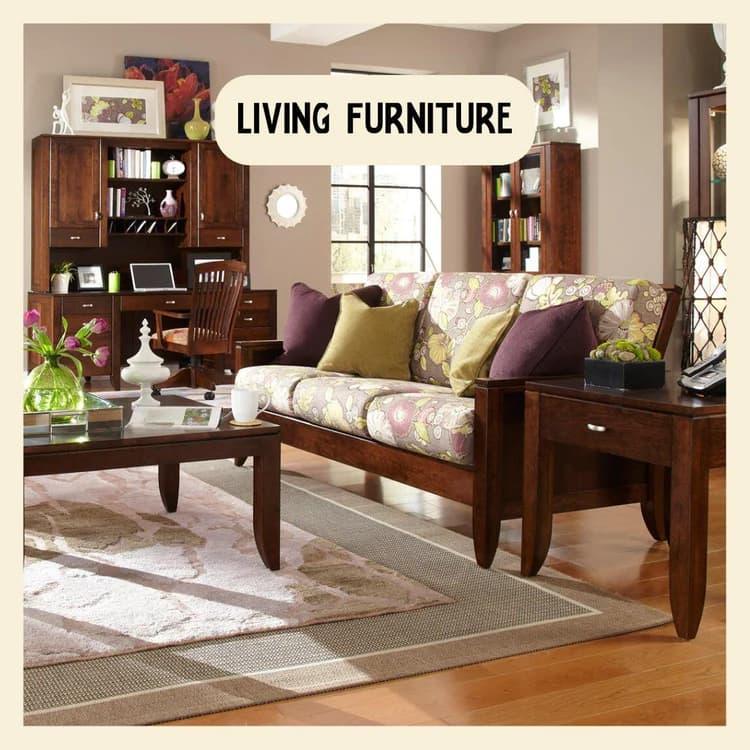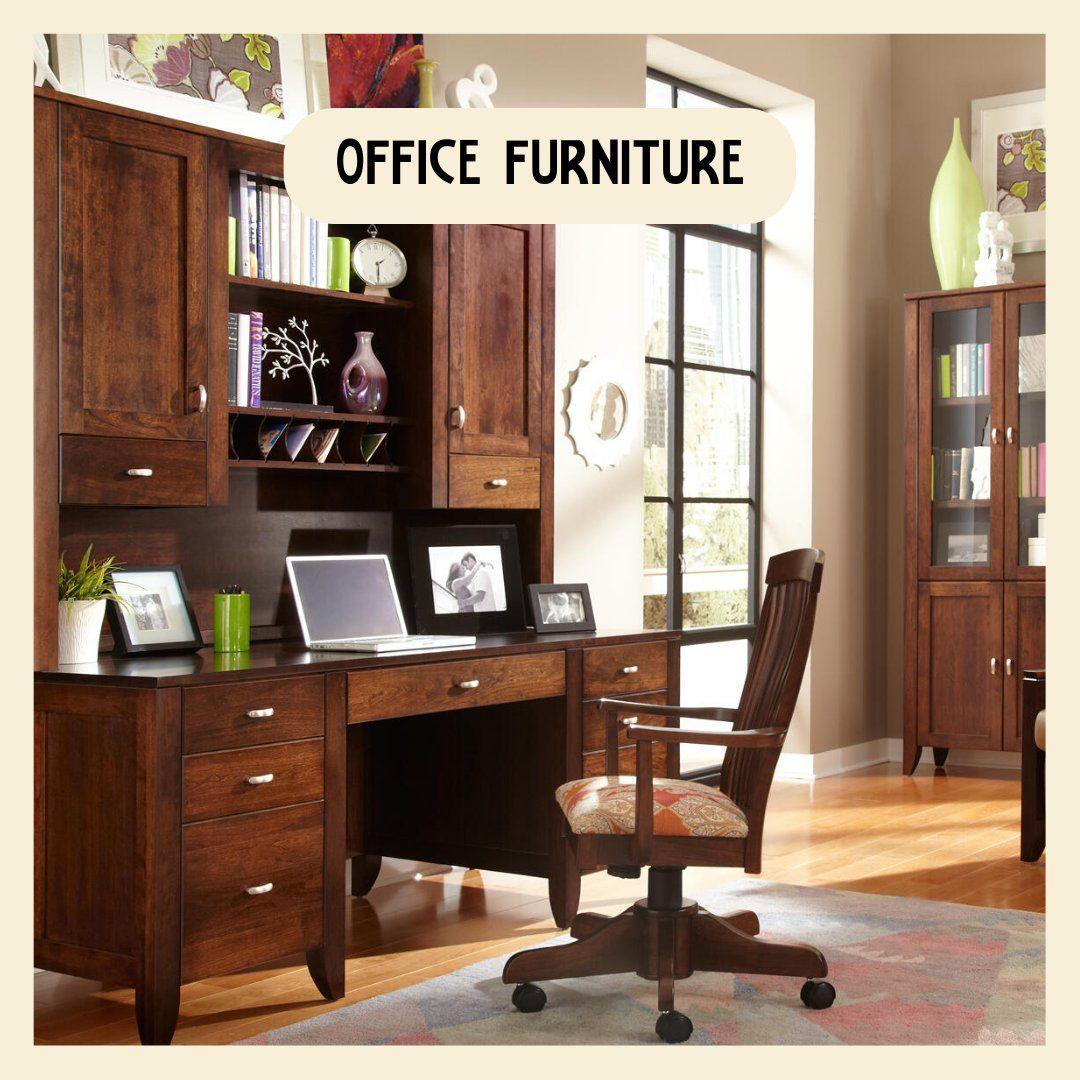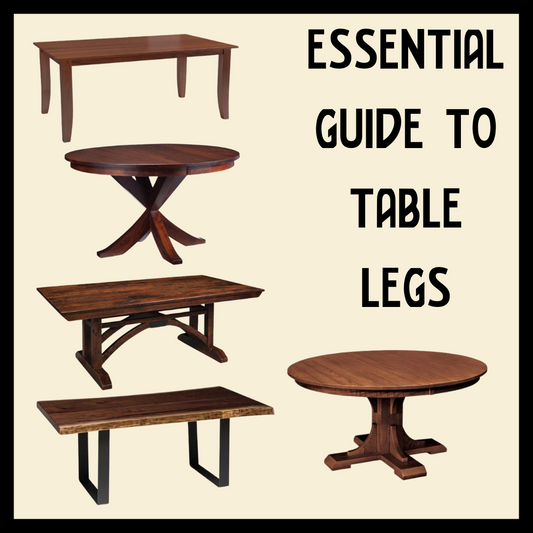How to Choose A Quality Rug
What makes a quality rug?
Why are hand-knotted rugs so expensive and are they worth it?
How can you even tell?
What size do I need?
We've had all these questions and more and have never found a good resource online, so we wrote one. You're welcome :)
Please let us know if you read this and have any questions we didn't cover, or if you think there's something important that we should add.

Hand-Knotted vs. Machine Made
Hand knotted rugs are exactly what the name implies. A loom is set with cotton warp (vertical) and weft (horizontal) threads. A skilled artisan sits at the loom and ties individual knots of colored fiber in rows by hand to make the pattern. A typical type of knot is called a Tibetan (or sennah) knot, and a Tibetan rug just means it's made using that knot, though it may be made in Nepal, India, or elsewhere. The time it takes to make a rug depends heavily on knot count, or how many knots per inch (more on that later) but can range from a couple of months to years for very intricate patterns on large carpets.
A machine-made rug is woven by a large machine, these days the pattern is created in a computer program and fed into the loom, which is stocked with the appropriate colors for the carpet. This process as you can imagine is relatively quick, and limited more by the logistics of the ordering and shipping steps than the speed of the loom.
Hand knotted rugs tend to be more durable than machine made rugs because there's no exposed backing that breaks down over time, and every single knot is a separate cut piece of fiber. That means it can't "unravel" and damage to any one area is easily contained and repaired.
How can you spot the difference? A few ways:
- Turn it over. As described above, a hand-knotted rug has individual knots tied around the base grid, so the back of the rug is just the back side of those knots. There is no backing material so you will see the entire pattern of the rug on the back side. A machine made rug is fabricated on top of a linen or synthetic backing that is obvious so it will be like looking at the rug pattern through a screen of sorts.
- Fringe. For a hand-knotted rug, the fringe is actually the ends of the warp (vertical) threads that extend past the knots of wool or other material of the rug pile. On a machine made rug, fringe is sewn onto each end to simulate this effect. Some hand-knotted carpet makers will include an extra bit of fabric to 'bind' the fringe under the rug if you prefer to not have it exposed for a cleaner and simpler look.
- Uniformity. Each knot in a machine-loomed rug will be exactly uniform, while a close inspection of the back side of a hand-knotted rug will reveal slight inconsistency, even from a very skilled artisan. Another anomaly you might notice is a slight difference in the color of the pile, in rows where the artisan may have picked up a section that was dyed slightly different. Many hand-knotted rugs are also hand-dyed so the colors may have some variation. This phenomenon is called "abrash" and is a matter of taste as to whether you prefer a rug with more or less of it.
- Directionality. Because a hand-knotted rug is made by knotting all the way down a loom in one direction, the artisan is naturally pulling the fibers downward to make the knots. The completed rug will show this, and looking at it while it's on the floor, first from one end with fringe and then the other, will reveal a slight difference in color. Some fiber types will show this more than others.
Quality
Now that we can tell what sort of rug it is, how do we know if it's quality?
A common misconception is that higher knot count = higher quality. While a high knot count (over 100 knots per inch) obviously makes it possible to have very intricate patterns, it has no bearing on the overall quality, durability, or longevity of the carpet. We've seen some truly stunning rugs that have very intricate patterns and very high knot count, but if that's not your style, then you want to think more about materials, process, and origin.
- Materials. The lowest quality rugs will not disclose the fiber content and will be made of a blend of natural fibers. These rugs are the least durable since contaminants may be present and can make the fibers lose integrity over time. Next up is 100% wool rugs, which are normally made from a blend of wool fibers from different origins. These are very durable since they are made with consistent fibers with extremely long life. A 100% wool rug, properly cared for, will last for generations. Higher still on the scale is single-origin like 100% Himalayan wool. These carpets are made from sheep that graze at very high altitude, leading their wool to have exceptionally high natural lanolin content. This makes for a soft and naturally stain-resistant rug. Still higher on the price scale are carpets made from wool with silk woven into the pattern, for an even softer feel and vibrant color profile.
- Process. Before the knotting can get underway, the fiber must first be dyed. Traditionally this is done with vegetable-based or Swiss dyes that are all brewed with natural mineral and plant sources like henna, indigo, and others. The organic rather than chemical origins of these dyes means that they will not release any VOCs into the home like synthetic carpets and dyes can sometimes do over time.
-
Origin. The skills used in hand-knotting rugs are passed down through generations of artisans. This industry brings livelihood to many remote areas with otherwise limited opportunities for education and work. Because of this, it's extremely important to ensure that the value for these beautiful rugs is ending up in the communities of the artisans, and that child labor is never used. To this end, there are several organizations as well as governments that are in the business of certifying that workshops are free of child labor, and also developing educational and economic opportunities for the residents of the areas where these carpets are made. A reputable importer or dealer should be able to tell you about the origins of their carpets and what is being done to help the communities, so definitely ask!

Size
What size do you need? This one can be tricky and can also come down to style choice. But here are some guidelines depending on the room:
- Entry and Kitchen. These are often tricky areas, with oddly shaped or small spaces so it's a great place to bring in round rugs to bring balance and draw attention away from asymmetry. It's also where we see sizes like 4x6 or 3x5 just to fill in those odd spots. When in doubt, get some blue p;ainter's tape and tape out the area on the floor and see what looks right.
- Dining room. A typical dining table that seats 6 is 42x72 inches and sits well with its chairs on an 8x10 rug. A larger table like a 48"x80" is more suited to a 9x12 rug and so on up from there. Some sellers will recommend no more than 18 to 24 inches of exposed floor between the rug and the wall around the room, but we love natural hardwood floors so we like to see that too! Remember it's your home so it's up to you.
- Bedroom. Again a rule of thumb is that a queen bed sits nicely on an 8x10 rug laying 'sideways' under the lower 2/3 to 3/4 of the bed, depending how much rug you'd like to see past the foot of the bed. A king size looks better on a 9x12 situated in the same way. Another good option is a pair of matching 8 foot runners on either side of the bed, sitting under each nightstand and extending to the foot of the bed. Since hand-knotted carpets are typically sold at a particular cost per square foot, in this way you aren't paying for rug you'll never see!
- Living Room. This is the trickiest area, for a couple of reasons. Historic homes typically only have one 'conversation group' of furniture, while newer homes can have two or more. In addition, it's a matter of style as to how you'd like your furniture to sit on the carpet, either gathered around a smaller carpet (like a 5x7), or fully situated on a larger one (like a 9x12), or somewhere in between. Again it's your house, do you! and painter's tape on the floor is your friend for visualizing the size.

Style
The best part! Because it's your home, choose something that makes your heart sing! But for fun and to feel smart while you shop, here's how to identify a few types:
- Traditional. Persian carpets were traditionally made in two broad categories: Tribal and City. Artisans from the countryside would craft intricate and elaborate styles with specialty dyes for sale in the big city markets, while knotting bold primary-colored rugs with simple designs for use back home in the village. Both are popular today, with the price point of the 'city' rugs being quite a bit higher and more suited for formal spaces, and tribal rugs more typical in casually-designed rooms.
- Contemporary. We love all of the new designs coming out of collaboration between modern designers and traditional artists. The sky is truly the limit and these techniques can be applied to an ultra-mod carpet as easily as a highly traditional one. One of our favorite looks is just a simple solid color, chosen from your room's palette. We can commission solid color carpets in any size and over 40 colors, just $50 per square foot in 100% Himalayan wool. Just message us to ask!
- Niche. At Modern Bungalow, we carry a large selection of Arts and Crafts style area rugs that cater to fans of the Craftsman revival and want color schemes with a warm and cozy feel and simple organic patterns. We find that this aesthetic plays nicely in historic homes as well as bringing a little classic style to new construction. We also think the natural palette, organic shapes, and muted colors play well with any decor!
The Dealer
Where you purchase your rug matters. You want to ensure that you are always buying from a recognized and trusted dealer. A quality rug dealer never sells products made with child labor and will have all of the information as far as origin, knot count, source material, and means of production. Plus, all of our prices are clearly available online and in our store so there's no haggling with a shady salesperson. We also have large racks and rugs on display in tasteful vignettes so there's no need to get said shady dealer to sort through big stacks of rugs either.
You're Ready!
Now you're ready to go out into the world of rugs and find the perfect fit for your home knowing that it's of high quality and made to last.
Next up
Once you have that gorgeous rug in your home, enjoy it for a lifetime with tips on How to Clean and Maintain a Wool Rug



